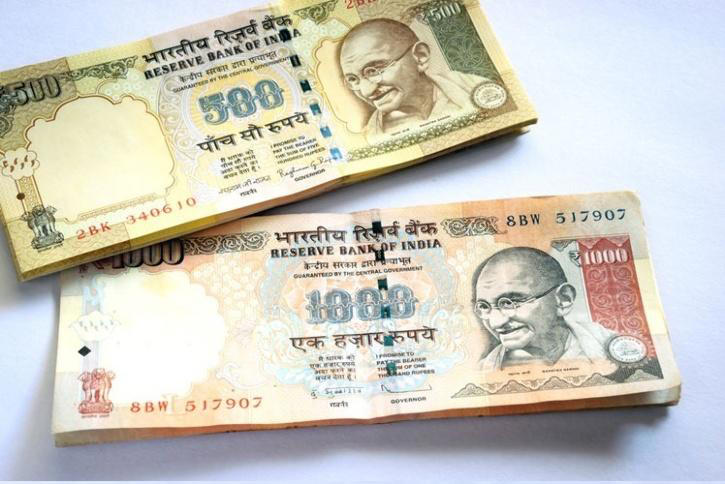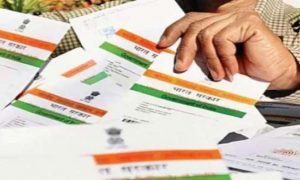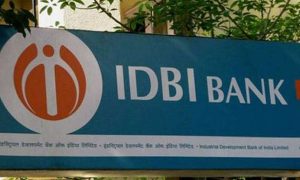Today marks seven years since India’s PM Modi announced the decision of demonetisation in November 2016. On the night of that day, PM Modi announced that the notes of Rs 500 and Rs 1000 “will not be legal tender from midnight”. The move was aimed at fighting corruption and lowering cash circulation in the country.
Read More: ISRO’s Aditya-L1 spacecraft captures first high-energy X-ray glimpse of solar flares
But the opposite has been happening. After seven years of demonetisation, cash circulation in the economy has nearly doubled.
How Much Cash Is In Circulation vs. November 2016?
Despite the UPI boom and the rising adoption of other digital payment modes, cash in circulation in the Indian economy has nearly doubled in the past seven years since demonetisation, a survey has found. Cash in circulation in the Indian economy has increased from 17 lakh crores in November 2016 to 33 lakh crores in October 2023.
On the other hand, UPI transactions had recently soared to an all-time high of Rs 17.16 lakh crore in October 2023, a 9% increase from Rs 15.8 lakh crore in September this year, according to data.
Read More: No Visitors Allowed at Delhi, Punjab Airports After Threat Video from Khalistani Terrorist Pannun
When Was Demonetisation Announced In India?
On November 8th, 2016, PM Modi announced that the notes of Rs 500 and Rs 1000 “will not be legal tender from midnight”.
Before 2016, in 1946, ₹500, ₹1000, and ₹10,000 notes were demonetised by the British government. Then again in 1978, ₹1,000, ₹5,000, and ₹10,000 notes were demonetised by the government led by the then Prime Minister Morarji Desai.
What Happened To The Demonetised Notes?

As per previous statements by RBI officials, the demonetized currency collected from the banks was processed through a currency verification and processing system that has the ability to differentiate between real and fake notes.
The demonetized notes are then shredded and converted into briquettes, which are blocks of compressed waste. After converting it into briquettes, tenders are invited. And then those briquettes are sold to cardboard and paper manufacturers.
Read More: SC Tells Delhi, Punjab and Adjacent States to Stop Stubble Burning: ‘We Don’t Care How You Do It’
In short, the old banned notes that the RBI received get shredded, converted into blocks of composite waste, and then sold to cardboard and paper manufacturers as per tenders.





































